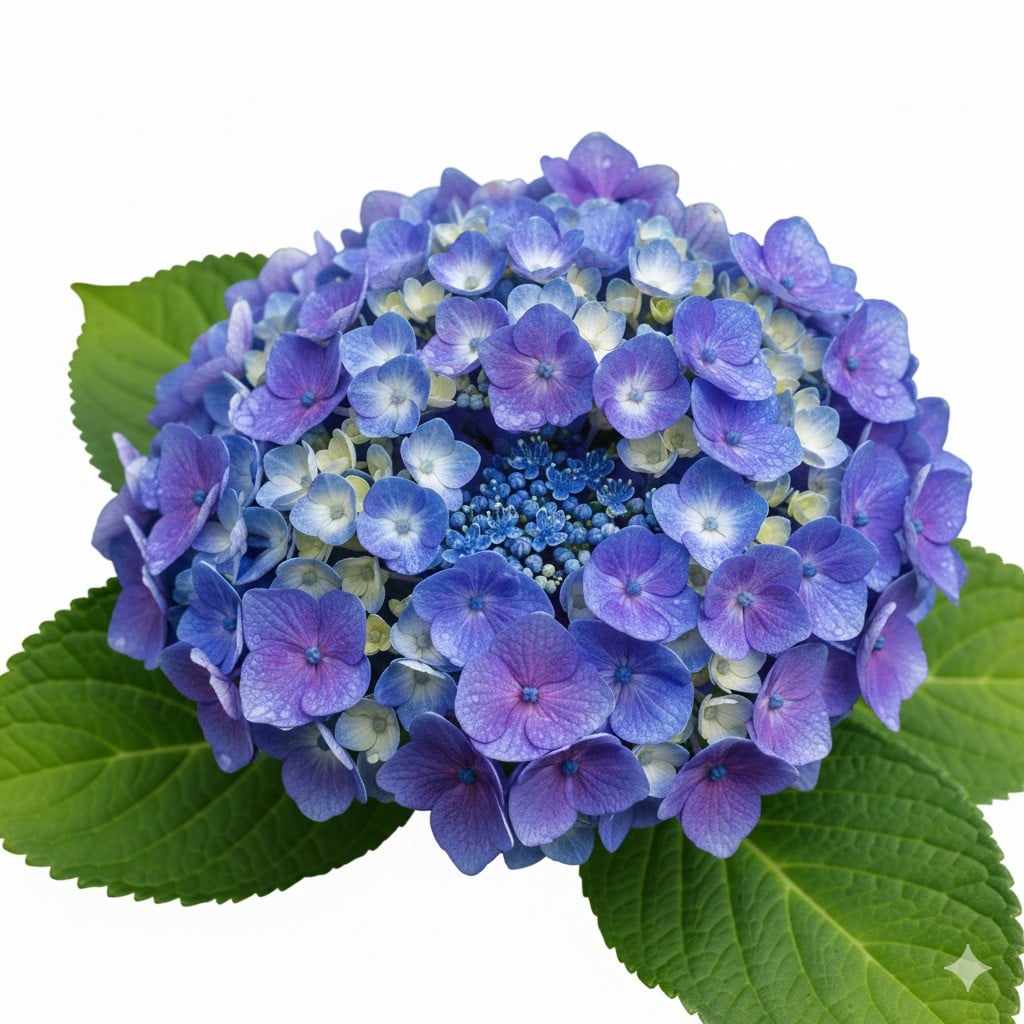Hydrangea / Hortensia

Hydrangea / Hortensia
Hydrangea
Plant family
Hydrangea family (Hydrangeaceae)
Season Overview
Planting
Harvest
Harvest
J
F
M
A
M
J
J
A
S
O
N
D
1ST YEAR
FOLLOWING YEARS
Details
Light requirement
Semi-shaded
Water requirement
Wet
Soil
Light (sandy)
Nutrient requirement
High
Plant distance
200 cm
Row spacing
150 cm
Seeding depth
0Not specified
Instructions
Description
Hydrangeas belong to the hydrangea family (Hydrangeaceae). They are popular ornamental plants, and grow as shrubs, trees or climbers rarely higher than 2 m/2.2 yd, often remain smaller - except for the climbing hydrangea. Many species have only sterile flowers. They form large show flowers in white, yellow, pink, red, blue and purple. They are slightly poisonous to humans and animals.
Origin:
East Asia, North America and Chile
Growing tips
Propagation is done by cuttings and cuttings. In cold regions, plant only from mid-May. Can be overwintered outside, but cover with fleece or other protective objects. Soil should ideally be loose, rich in humus, moist as well as slightly acidic with pH values between 5 and 6. The pH value is also decisive for the color of the flowers in some species. Shallow growers. Water especially well in the first few days after planting. Use hydrangea or rhododendron fertilizer. Fertilize only until the end of July. How to prune back in spring depends on the type of hydrangea. Work well with boxwoods, hostas, star umbels, astilbes, rhododendrons, flowering dogwoods, colorful anemones, lady's mantle, Christmas or lentil roses, rich green ferns, flowering meadow knotweed and shade grasses.
Companion Plants
No companion plants
Antagonistic Plants
No antagonistic plants
Diseases
Root Rot
Grey mold
Powdery mildews
Pests
Land snails
Schildläuse
Aphids
Mealybugs